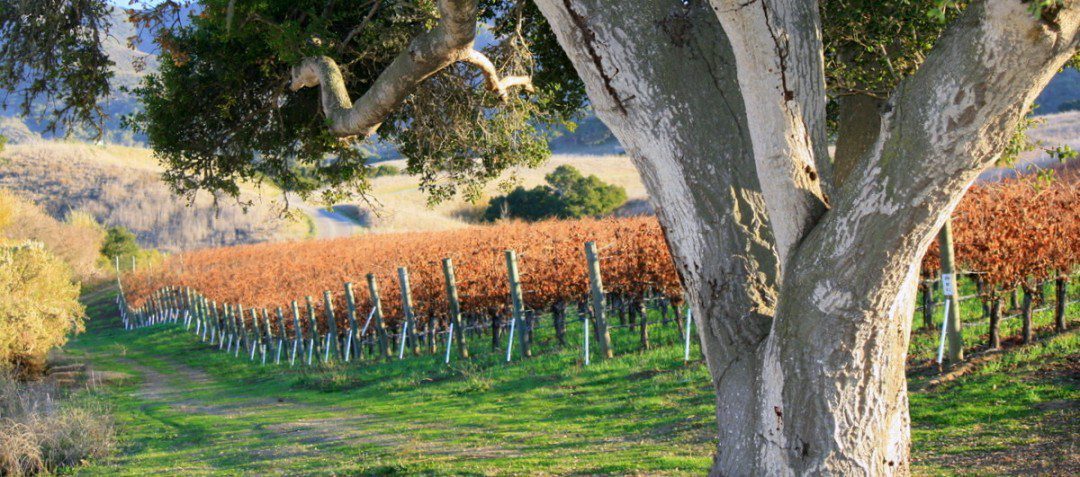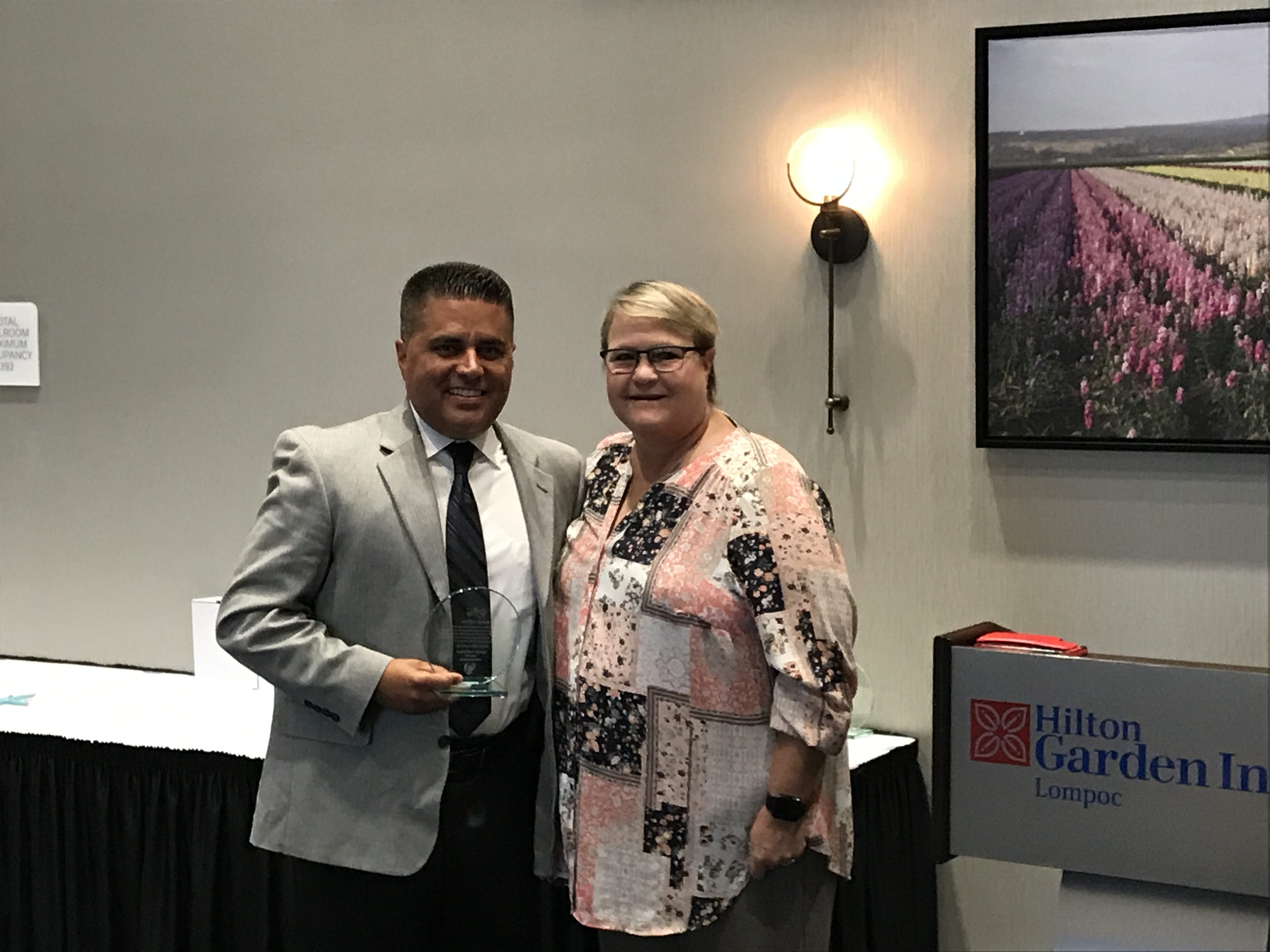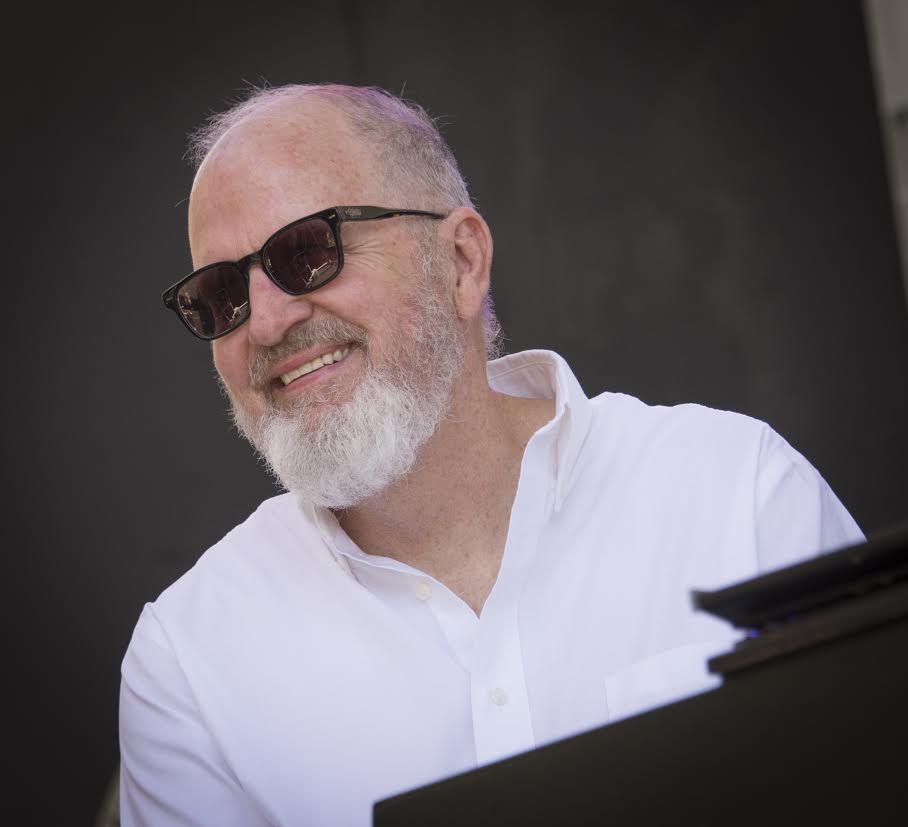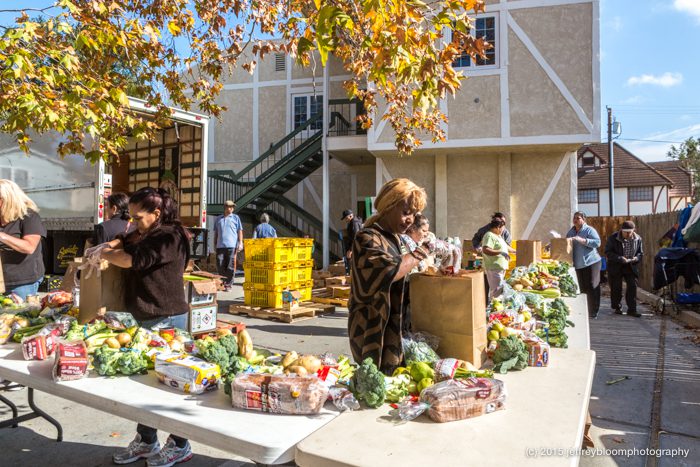Star Report
In a tumultuous meeting before the Santa Barbara County Board of Supervisors on Tuesday afternoon, dozens of people gathered to protest passionately that the winery ordinance should be rejected or the very least tabled until a task force can be organized, and the Board decided unanimously to continue the issue until they could accept input from the Santa Barbara County Vinters Association.
“Since we aren’t agendized for creating a task force, come back tell us what you want and detail how to fix them,” said Supervisor Steve Lavagnino.
The board decided to come back at a special meeting at 9 a.m. on November 22 at the Santa Maria board room to discuss in detail the concerns the wine industry has with the new ordinance.
“After the planning commission meeting that was when all the information was made public and we organized a town hall meeting and that is why you have all these people before you. The process here not been a transparent one; it was in 2004 it was but then the door was shut. This is peoples livelihoods we are talking about,” said Morgen McLaughlin, executive director for the Santa Barbara County Vinters’ Association as she berated the county staff for not involving the wine industry more into the process.
The proposed ordinance includes updates and changes to the permitting process for winery tasting rooms, the number of daily visitors allowed, and special events rules based on size of the winery and acreage of grapes grown.
“I feel like the wine industry is saying they aren’t being heard and we need to have their input on what they like and don’t like. It’s hard to believe that there isn’t anything you don’t like about this. I need more specifics and details as to how it can be fixed,” said Supervisor Doreen Farr.
In the weeks before the supervisor’s meeting there was a petition that was circulated by the industry and some of those who have spoken said the new draft fails to streamline or clarify the winery permit process, and they are seriously concerned their businesses might close because of it. They said the ordinance is more prohibitive than the current ordinance. There are more than 1,800 signatures gathered currently.
“It took us three years and more than $300,000 and studies after studies to get through the first time we applied for a winery permit, and we honestly don’t know where we would fall if this ordinance goes through,” said Harvey Saarloos, of Saarloos and Sons in Los Olivos.
Once enologist from Sanford Winery in Lompoc said this ordinance is more stifling than France, and they like laws, he said which drew laughs from the crowd.
“The primary use of my land is to make a living, if I cant sell I’m done. I should be poster boy for environmentalist by planting hundreds of oak trees and making a monarch butterfly preserve on my property. I urge your to go back to the drawing board,” said Bryan Babcock of Babcock Winery.
Another winemaker said this ordinance is not respective of the democratic process as it has not even had any input from the winemakers the multiple revisions.
“Look at the reality of what’s going on and what the people are telling you and to input their perspectives,” said David Dascomb of Dascomb Cellars.
“I know nothing about making wine but appreciate fruits of their labors. I do have degree in planning from Stanford and we have a failure of process and product but hearing clearly these people it’s time to go back and make it more collaborative. Especially concerned about the numbers and sent to mentors at Stanford they agreed it’s more of an events ordinance with grapes thrown in,” said Bruce Porter, candidate for Third District Supervisor.
“I am proud of my family’s business and we won Santa Barbara Chamber of Commerce small business of year because of the charitable works we do. This ordinance has ability to stranglehold those wineries that support the charities, this ordinance is flawed and will have adverse afffect on charities and the industry as a whole,” said Katie Grassini, of Grassini Family Vineyards.
Planning Director Dr. Glenn Russell commented that while he respects the winemakers and the people who spoke he said it’s wrong to say the ordinance will destroy the wine industry.
“The planning commission decision spent much time and testimony to recommend ordinance and they considered much detail. The one no vote said it wasn’t strict enough. We had extensive public outreach in 27 events from wine industry and citizens to make input, and out of that testimony we crafted the ordiinace that balances interests. We are trying to prevent over commercialization of ag land so it stays in ag production,” Russell said.
Supervisor Peter Adam countered he doesn’t think of agriculture in the right way to prevent over commercialization of ag.
“When you try to preserve something like this ends up in fromaldayhe and it dies. This is not what they are trying to say, just that it’s too narrowly defined, to the literal growing of grapes and not all the things that come from it. It’s just wrong in my mind and I am a farmer I get what they are saying and hope you all heard. I have never been prouder to be in agriculture than to listen to all of you that come up to us,” Adam said.
This issue centered overwhelmingly in third district and no matter what we decide to do such as heed advice of speakers I have a lot of questions as to the impact of the current wineries,” said Supervisor Salud Carbajal.
The new ordinance would have no impact to the current wineries, only to changing use or new permits, said county staff.
Carbajal also asked What would trigger the new requirements, How does this ordinance effect events on ag parcels without wineries, What level of special events and what they can do on winery properties, and What would happen if we took special events out of this ordinance.
“We need a separate ordinance for events that applies to everyone equally. If you push the little guy out it will only breed the big companies that will do away with our quality which we don’t want. We can’t say one size fits all with this ordinance, and we urge you to reject this,” said Shelby Sim, executive director of Visit Santa Ynez Valley.
Staff responded taking special events out would inappropriately be splitting projects under the California Environmental Quality Act (CEQA), and no one that is currently operating would be affected unless they change uses or a new .
Supervisor Doreen Farr stated she won’t throw the winery ordinance out because too many people have been involved.
Supervisor Janet Wolff said she didn’t appreciate the attack on the process and the time and energy that county staff has been involved was a demonstration of the level of quality.
“There was a lot of discussion and you may be unhappy and offer tweaks to the ordinance, but to say to throw out the whole thing, I am not in a position to make those recommendations,” Wolff said.
Adam said this industry sorts itself out the weak from the strong and approving this ordinance will make it winery Disneyland instead of individual creativity.
“We need to go back to the drawing board and focus on the language and you wine industry stand up and tell us how intricately interwoven these things are. We can’t just look at it as just vines with grapes. We see harvest and then wine. God forbid someone makes money on it. The agricultural use is the whole thing none of this secondary and incidental uses because all of agriculture will be affected,” Adam said.
Wolff said the restrictions are in place and very reluctant to spend another cent.
“Just because you spent a lot of money doesn’t mean you should go ahead with it. A bad decision is a bad decision,” Adam retorted.
To view the current Winery Ordinance update click here.






